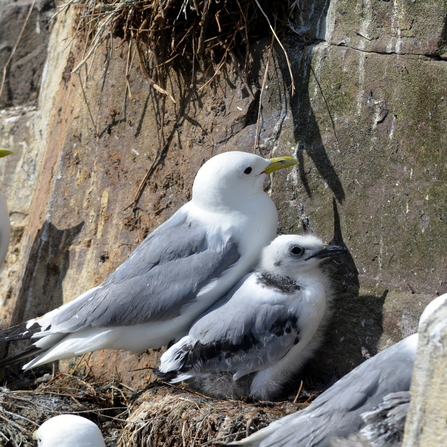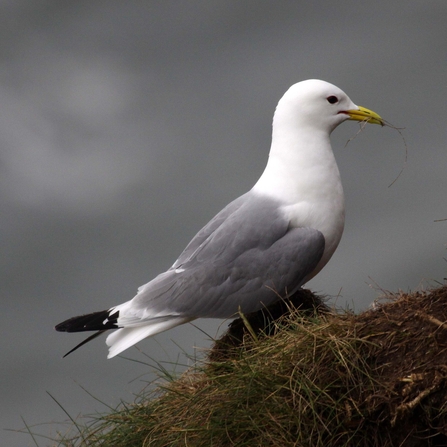Spring is finally here and with it, kittiwakes are returning to their nesting colonies on the Suffolk Coast at Sizewell and Lowestoft.
No one begrudges blue tits nesting in any available nook in their gardens, but Lowestoft’s kittiwakes aren’t always viewed with the same benevolence.
They have their fans and champions – I count myself among them – but it can’t be denied that kittiwakes nesting on buildings can make a bit of a mess.
In response, some businesses and building owners have been turning to deterrents to stop the birds nesting in places where they are perceived to be causing problems. But this has not been without its own problems for the birds.
Last year, images posted on social media showing kittiwakes tangled in netting that had been installed on buildings to prevent them nesting sparked public outrage from wildlife lovers concerned about the birds’ welfare – as well as being a worry for a Red List species vulnerable to global extinction.


